A fragile paradise in Costa Rica
Why sustainable travel is so important
This week I was touched by the article 'Fragile Paradise' in the February issue of National Geographic. This article is about the successful Osa Conservation programme in Costa Rica. Once again,I realised the importance of sustainable travel.
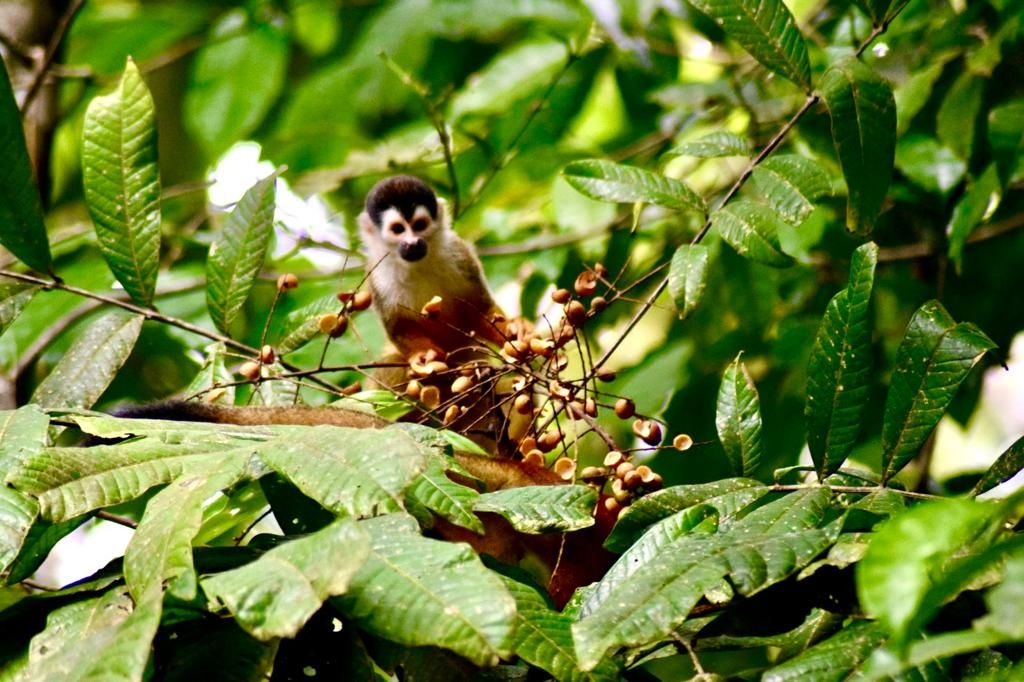
The article in National Geographic tells about the success of the Osa Conservation Programme. The programme shows how various ecosystems on the Osa Peninsula have been beautifully restored and are maintained. It is a collaboration between the government, local people and eco-tourism. However, the article, which was written in 2020 during the corona pandemic, also tells of the threat to these fragile natural areas. Because of the pandemic the tourist industry collapsed. Which means; no income for the local people. As a result, illegal logging and animal poaching are on the rise again.
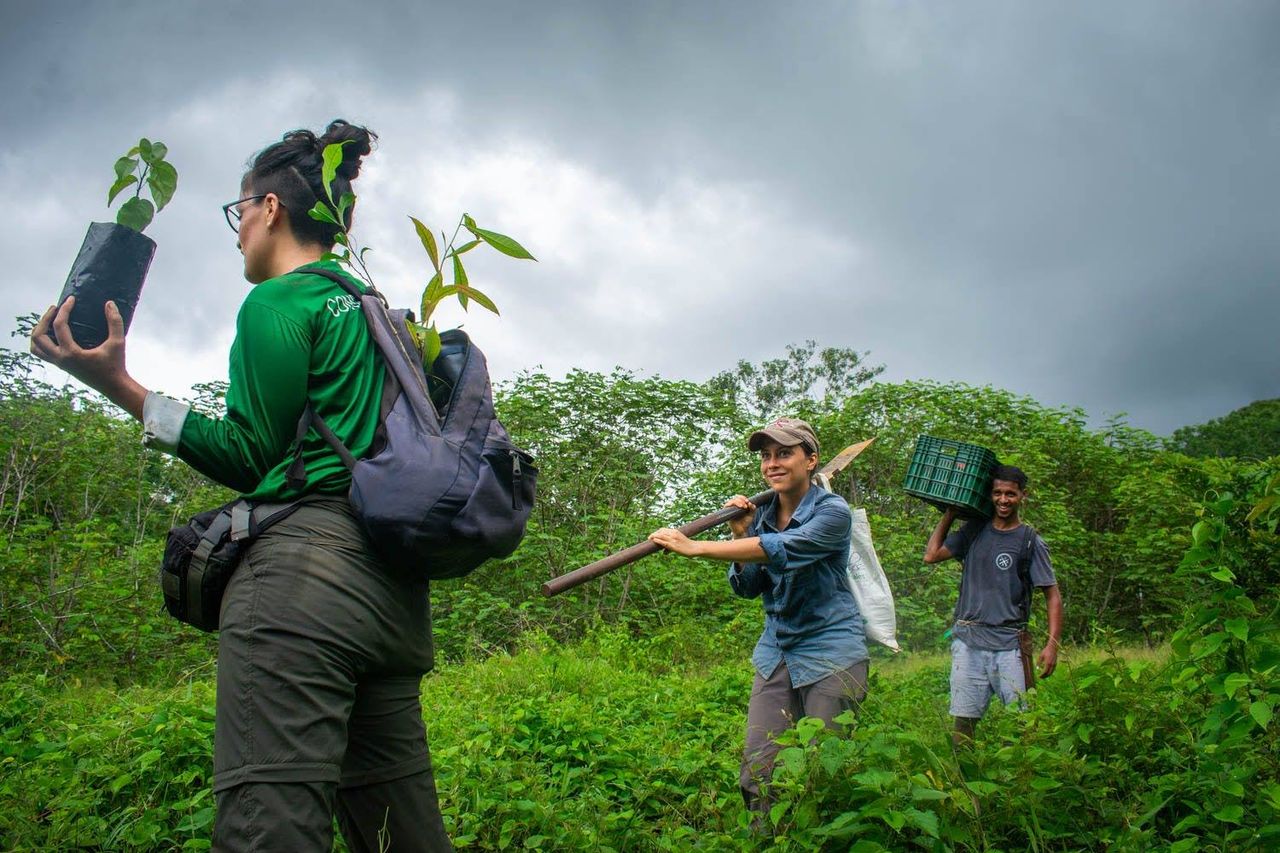
Image: Osa Conservation
The Osa Peninsula in Costa Rica
In the southwest of Costa Rica, you will find the Osa Peninsula with the Corcovado National Park. It is one of the most fertile places on the planet. The area is about 1800 square kilometres which means that it covers less than one thousandth of the earth's surface. Yet it contains about 2.5% of all life on earth. The area consists of lowland rainforest, swamps, freshwater lagoons, coastal lagoons and mangrove forests. It is home to five species of cats, several species of monkeys, many species of birds and so on. In Golfo Dulce Bay, which separates the peninsula from the mainland, humpback whales and hammerhead sharks come to give birth to their young ones.
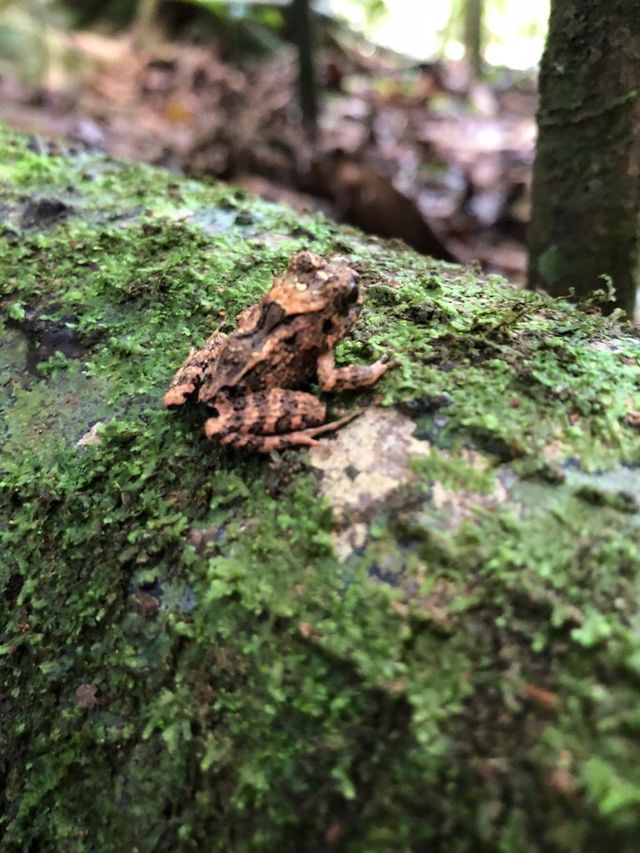
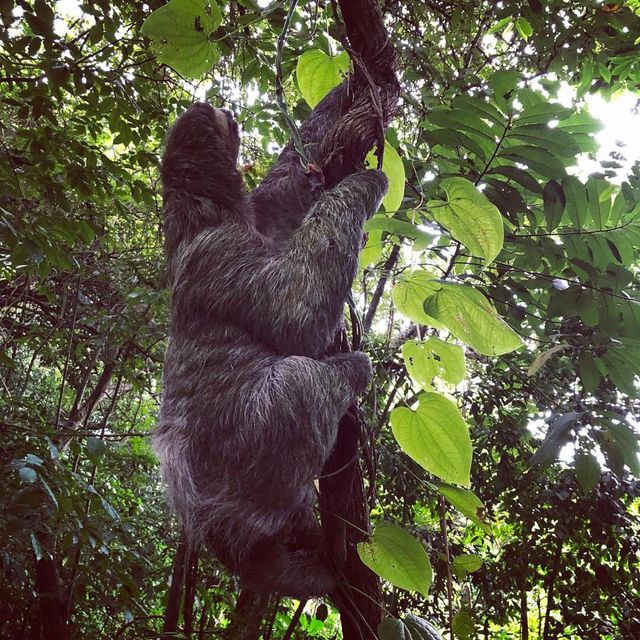

The success story of the Osa Conservation Programme
From hunting and illegal logging to a nature lover's paradise
From the 1960s onwards, illegal logging and goldminers moved into the area. Residents destroyed large tracts of rainforest to clear the land for agriculture. At one point, more than 75% of the rainforest had disappeared. In the mid-1990s, the Costa Rican government decided to intervene. Logging and the search for gold were forbidden. For every tree that was cut down, five had to be planted again. However, the Osa Conservation team saw that simply planting trees was not enough. They worked successfully with biologists and scientists to achieve a complete reintroduction of nature including all native flora and fauna.
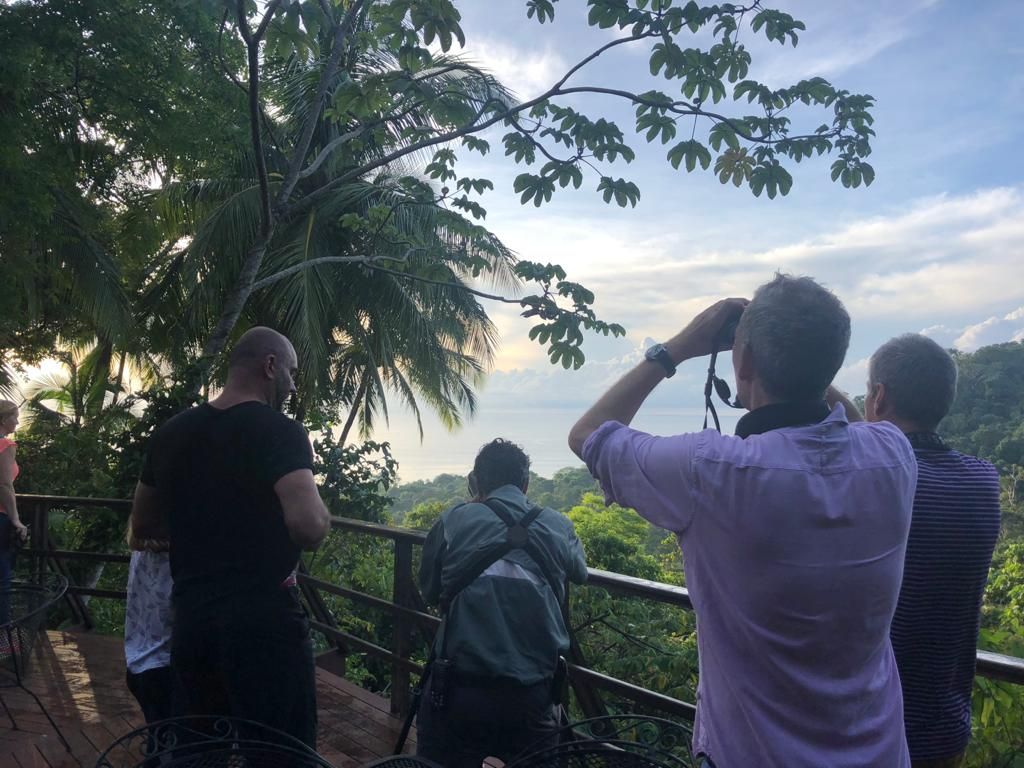
Why is sustainable tourism so important?
In the article of National Geographic, Andy Whitworth, director of Osa Conservation, explains that if you want to develop a solid ecosystem recovery plan, it is important to involve the local population. Not only education is needed, but also income. You can explain the value of protecting flora and fauna. However, if this means that people have to abandon their source of income, such as cattle breeding, hunting, fishing and prospecting for gold, then alternative sources of income must be found, simply to stay alive.
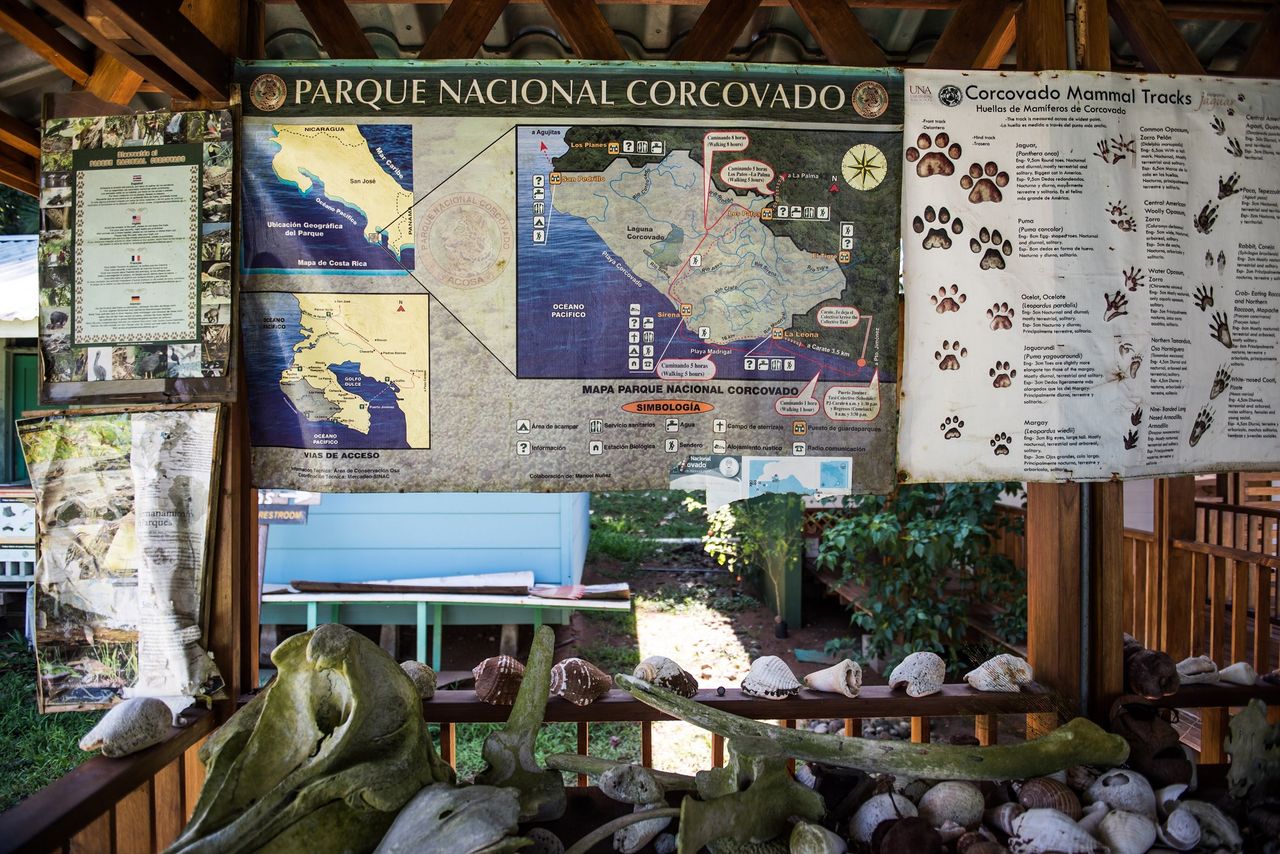
The Osa Conservation Programme became truly successful when national and international tourists began to regard the peninsula as a special nature destination. With the successful reintroduction of nature, more and more nature lovers found their way to the peninsula. This gave the conservation of the nature an economic importance as well. The inhabitants of the peninsula were able to say goodbye to their old professions and generate income through tourism. Today, more than 80% of the population of Osa Peninsula works in tourism.

Lapa Rios Ecolodge
The Lapa Rios Ecolodge is an excellent example of the successful restoration plan. Rarely have I visited an ecolodge where I saw such an abundance of plant and animal life. I was accompanied only by extremely knowledgeable and very passionate guides.
In 1993, John and Karin Lewis opened the lodge with the aim to educate travellers about the extraordinary natural environment. At the same time they wanted to generate income to protect the natural environment and restore the original ecosystem. The property on which the lodge is located originally consisted of just under 400 hectares of land, which was partly primary rainforest and partly farmland. This farmland has now been restored to a healthy secondary rainforest with the same biodiversity as the primary rainforest.
Lapa Rios has 17 very comfortable guesthouses. Several walking routes have been set out in the reserve, which guests can follow either with or without a guide. The revenues are used to train and educate nature guides and to give biologists the opportunity to study the unique ecosystem.
The mission of Lapa Rios is clear:
"No matter how you cut it, a rainforest left standing is worth much more."
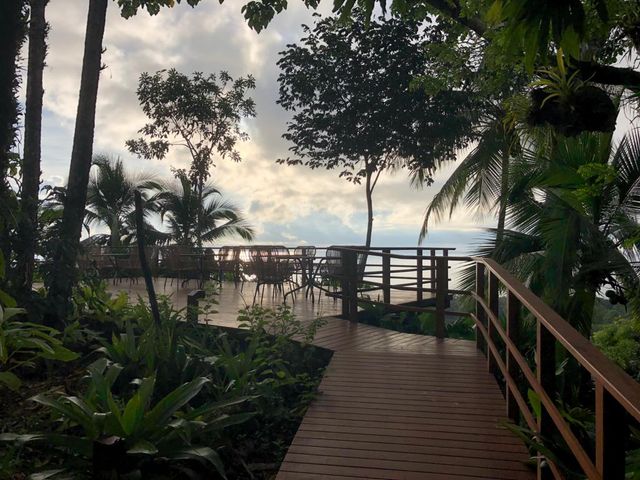


A new threat: Corona
Hoewel Costa Rica in vergelijking tot veel westerse landen weinig Corona besmettingen en doden kent, is het land zwaar getroffen door de pandemie. Voor haar inkomsten is Costa Rica sterk afhankelijk van het toerisme. Het afgelopen jaar was er nauwelijks toerisme mogelijk waardoor vrijwel alle inkomsten in het land opdroogden. Het gevolg is dat illegale houtkap en het stropen van dieren weer is toegenomen.
Zoals Hilary Brumberg, een medewerkster van Osa Conservation het treffend stelt: “De mensen hier staan dicht bij de natuur. Maar als je moet kiezen tussen de natuur beschermen of je gezin voeden, dan kies je voor je gezin.” Hopelijk kunnen we daarom op korte termijn weer reizen organiseren, want dit is niet alleen van belang voor ons als reisorganisatie, maar wel degelijk ook voor het behoud van onze planeet.
Although Costa Rica has few Corona infections and deaths compared to many western countries, the country has been severely affected by the pandemic. For its income Costa Rica depends on tourism. In the past year, there was hardly any tourism. So people did have almost no income. As a result, illegal logging and animal poaching have increased again.
As Hilary Brumberg, an employee of Osa Conservation sadly but true says it: "The people here are close to nature. But if you have to choose between protecting nature and feeding your family, family comes first." Hopefully, therefore, we will be able to organise trips again in the near future, as this is not only important for us as a travel company, but indeed for the preservation of our planet.
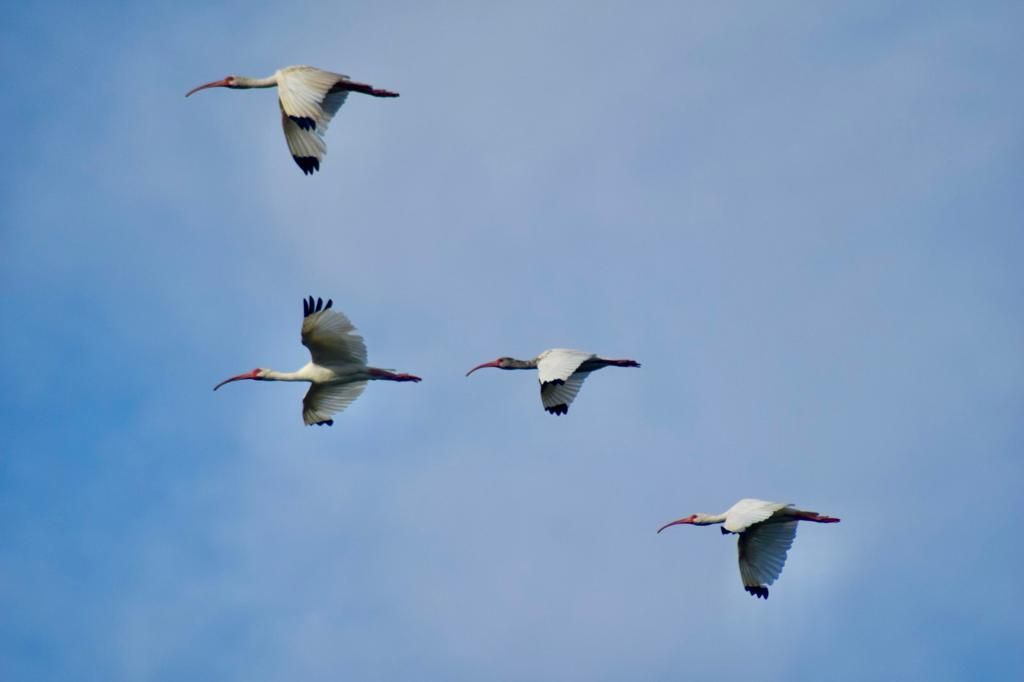
Cooperation with Black Jaguar Foundation
As founder of Sapa Pana Travel, this article is very important to me because it underlines the importance of sustainable travel in the first place. In addition, during my visit to the Osa Peninsula, I was able to see myself how successful the complete restoration of a certain ecosystem can be and that this goes far beyond simply planting a few trees.
This experience has convinced me that the Black Jaguar Foundation's approach to reforesting the Araguaia Biodiversity Corridor in Brazil is the right way to go. Here too, not only biologists and scientists are involved, but also the local authorities and the local population. For this reason we have decided to compensate all our travel through the project of Black Jaguar Foundation.